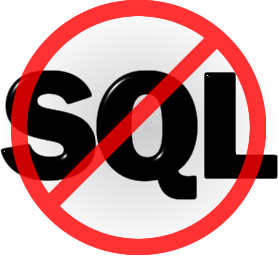David Linthicum, in his InfoWorld article, observes that SOA is a “bad word”, noting that SOA Companies are now rebranding themselves as API Management companies.
Some editor at InfoWorld apparently chose the article title to be
“Service governance morphs into cloud API management”. But I don’t think that’s an accurate summary of the article. That’s not the gist of it.
The gist is more accurately captured in Linthicum’s subtitle, to wit: More evidence that SOA is a bad word: Traditional SOA service governance technology rebrands itself for the cloud.
Re-branding is the first baby step in the “morphing” process I guess. But sayin it don’t make it so.
The problem with the rest of Linthicum’s anaylsis is that it looks at everything through a SOA lens. API Management exposes APIs – “that’s SOA” he says. API Management platforms enforce security controls. “That’s SOA governance.”
Great, I can see the parallels. But what about the things API Management platforms do that are completely outside the domain of SOA? What about developer enablement and engagement? What about analytics? Versioning, cloud-based scale out.
Linthicum is an SOA guy, and when he looks around, everything is tinted with his SOA-colored glasses. I have a different perspective. SOA solved some big problems. As a metaphor for interconnecting enterprises, it was a huge advance. A huge improvement.
Even so, with SOA there were problems. Poor support for mobile devices. Still a great deal of complexity. Hard for developers to get connected and productive. Poor visibility by business owners into the impact of applicaiton inter-connect traffic. API Management platforms present an opportunity to address all those challenges.
Despite what Linthicum sees, API Management is not simply re-branded SOA.


